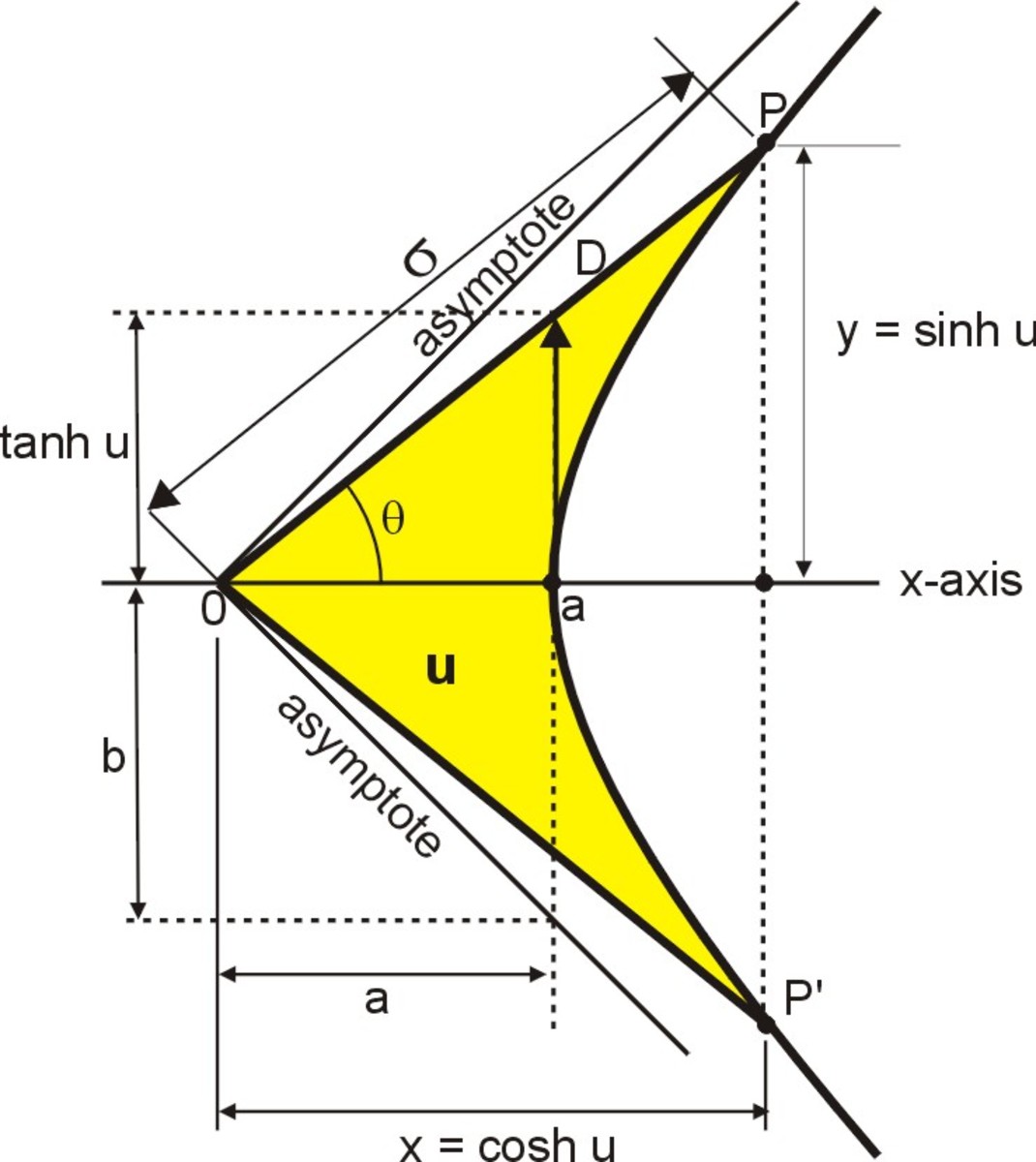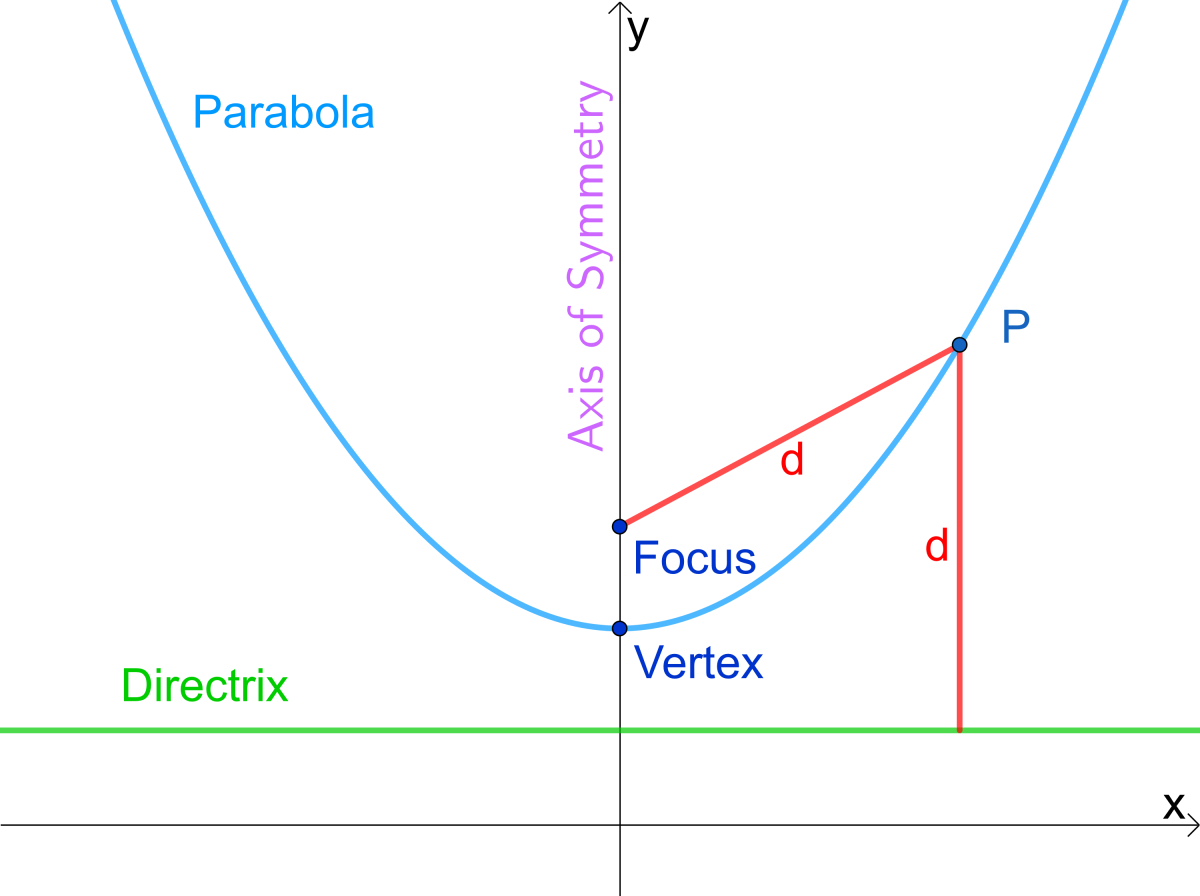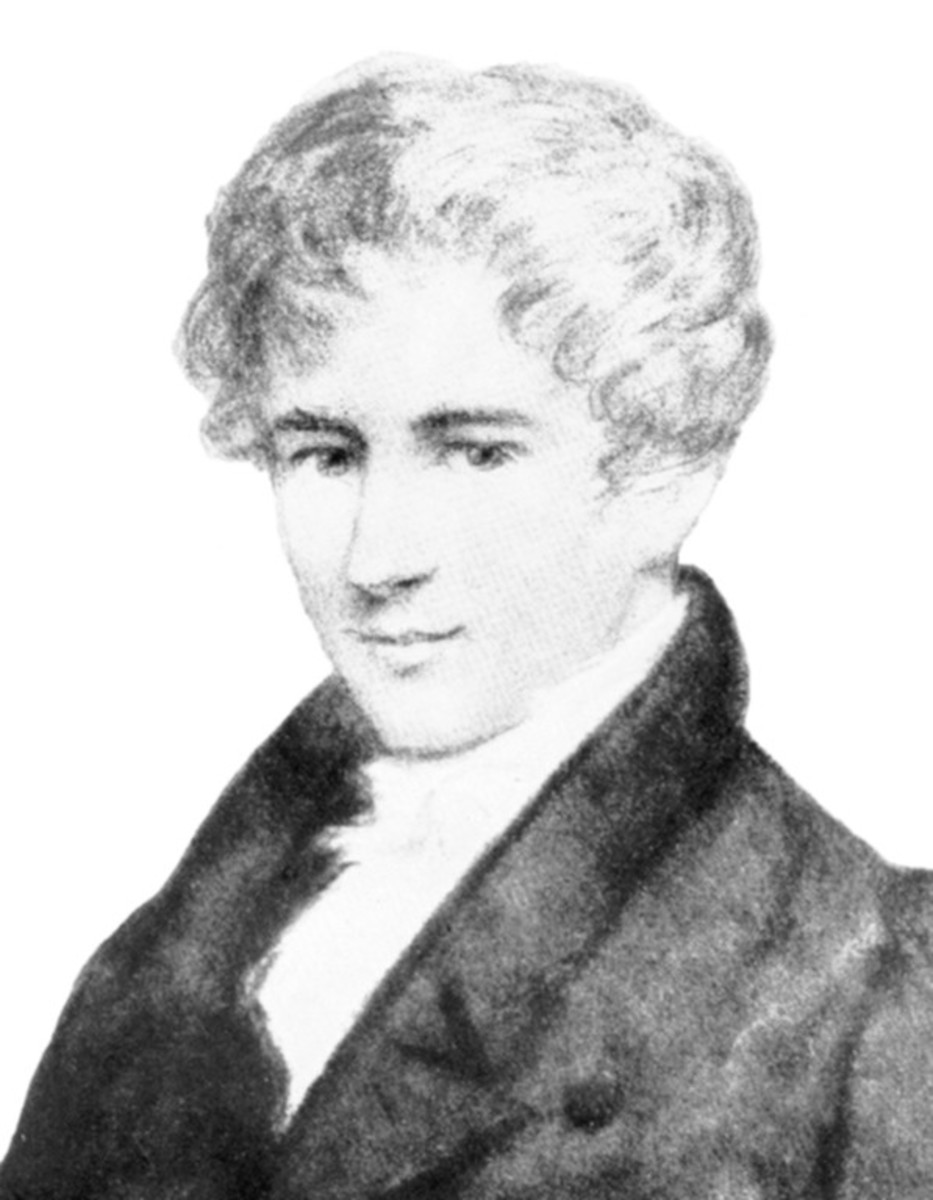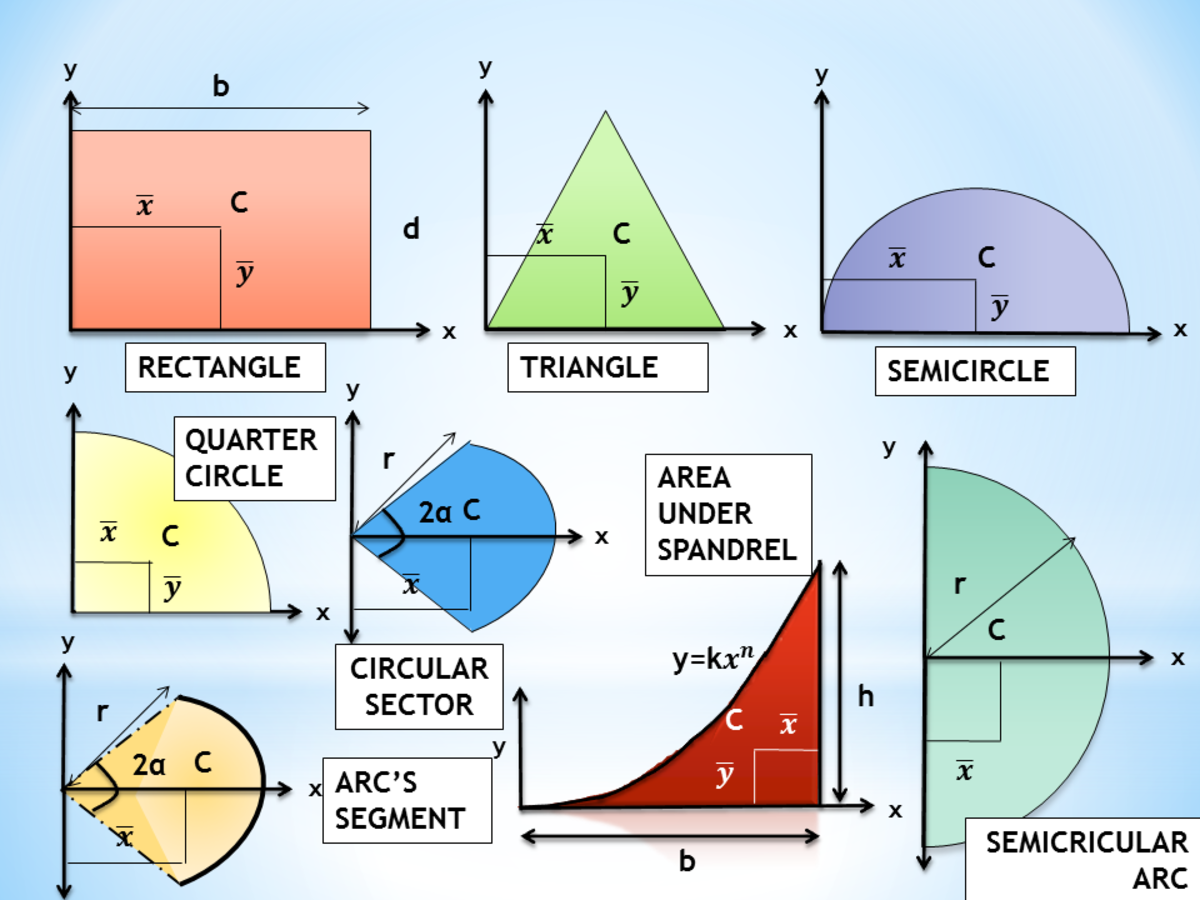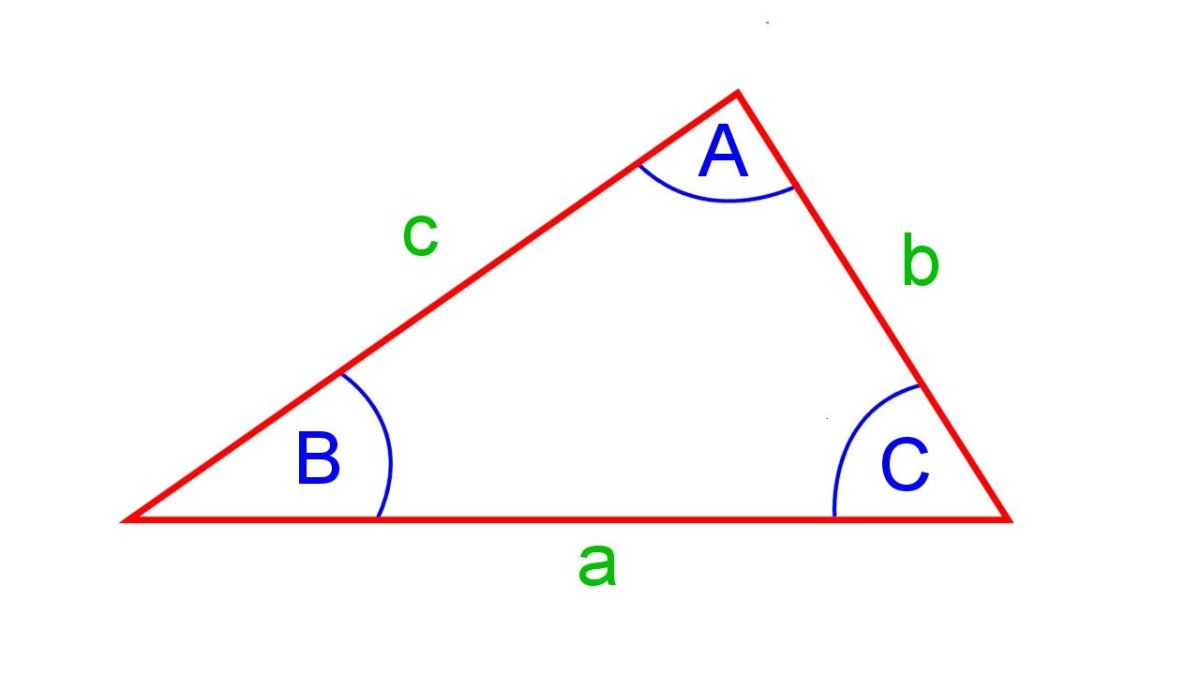Solving Word Problems Involving System of Equations
SOLVING WORD PROBLEMS INVOLVING SYSTEM OF EQUATIONS
Many problems that we encounter in applications involve more than one variable. When the relations between the variables involve several equations, then we must solve the equations of the resulting system simultaneously.
In this hub I present three interesting word problems that involve solving system of equations, with their corresponding solution. I hope you will find this hub enjoyable.
Problem No. One:
The sum of the digits of a three-digit number is 13. If the tens and hundreds digits are interchanged, the new number is 90 less than the original, and if the units and hundreds digits are interchanged, the resulting number is 99 less than the original. Find the original number.
Solution to Problem Number One:
Representation:
Let X = the unit digit
Y = the tens digit
Z = the hundreds digit
x + 10y + 100z = the original number
Since the problem involves three variables, we must derive three working equations.
Working equation Number One:
Based from the sum of the digits is 13:
X + y + z = 13
Working equation Number Two:
Based from the tens and hundreds digits interchanged resulting to new number
90 less than the original
X + 10z + 100y = x + 10y + 100z - 90
Simplify the equation we get
-90z + 90y = - 90
-z + y = -1 = equation two
Working equation Number Three:
Based from the units and hundreds digits are interchanged, resulting to new number 99 less than the original.
Z + 10y + 100x = x + 10y + 100z - 99
Simplify this equation we get:
-99x + 99x = - 99
-z + x = - 1 equation 3
Our system of equation now consists of
X + y + z = 13 eq. 1
-z + y = - 1 eq. 2
-z + x = -1 eq. 3
Solving equation 1 and equation 2 using elimination method by addition to eliminate z
X + y + z = 13
-z + y = - 1
X + 2y = 12 equation 4
Solving eqn 1 and eqn 3 using elimination method by addition to eliminate z :
X + y + z = 13
-z + x = -1
Y + 2x = 12 - eqn. 5
We now have two new equations
X + 2y = 12 - eqn 4
2x + y = 12 - eqn. 5
Multiply eqn. 4 by two
(x + 2y = 12) 2 --- 2x + 4y = 24
Solving eqn 4 and 5 using elimination method by subtraction to eliminate x
2x + 4y = 24
2x + y = 12
2x + 4y = 24
- 2x + y = -12
(1/3) 3y = 12 )1/3)
y = 4
Substituting y = 4 to either eqn 4 or 5 to solve for x
2x + 4 = 12
-y = -4
(1/2) 2x = 8 (1/2)
X = 4
Substituting x = 4, y = 4 to corresponding variables in equation 1
4 + 4 + z = 13
8 + z = 13
z = 13 - 8
z = 5
The original number is 544.
Problem Number two:
Twenty five coins, whose value is $2.75 are made up of nickel, dime and quarters. If the nickel were dimes, and dimes were quarters, and the quarters nickels, the total value would be $3.75. How many coins each type are there:
Solution:
Representation
Let n = number of nickels
d = number of dimes
q = number of quarters
Working equation number one:
Since there are 25 coins mentioned, the first working equation will be
n + d + q = 25 - eqn. 1
Working equation number two:
Is based on the value of money of $2.75
(.05) n + (.10) d + (.25) q = 2.75
Multiplying the whole equation by 100
5n + 10 d + 25q = 275 ------- eqn. 2
Working equation number three:
Is based on interchanging nickels and dimes, dimes and quarters, quarters and nickels giving new value of $.375.
(.10) n + (.25) d + (.05) q = 3.75
10n + 25d + 5q = 375 …. Eqn. 3
Our system of equation now consists of
n + d + q = 25 --…eqn. 1
5n + 10d + 25q = 275 … eqn. 2
10n + 25d + 5q = 375 ….. eqn. 3
Solving eqn 1 and eqn 2:
Multiplying eqn 1 by 5
(n + d + q = 25)5
Solving eqn 1 and 2 using elimination method by subtraction
5n + 5d + 5q = 125
-5n - 10d - 25q = -275
- 5d - 20q = 150
Multiply -5d - 20q = -150 by -1
5d + 20q = 150 --- dividing the whole eqn by 5 we get d + 4q = 30
Let this be equation 4
Solving eqn 2 and 3
Multiplying eqn 2 by 2
(5n +10d + 25q = 275) 2
10\n + 20d + 50q = 550
Solving eqn 2 and 3 using elimination method by subtraction
10n + 20d + 50 = 5550
-10n - 25d - 5q = -375
- 5d +45q = 175
Dividing the whole equation
-5d + 45q = 175 x 5
We get -d + 9q = 35 --- let this be equation 5
Adding equation 4 and 5
d + 4q = 30 …..eqn. 4
-d + 9q = 35 … eqn. 5
(1/13) 13q = 65 (`1/13)
q = 5
Substitute q = 5 in either egn 4 0r 5
d + 4(5) = 30
d + 20 = 30
d = 20 - 30 = 10
d = 10
Substituting 1 = 5 , d = 1- in egn. 1
n + 10 + 5 = 25
n + 15 = 25 …. n = 25 - 15 = 10
n = 10
There are 5 quarters, 10 dimes and 10 nickels.
Check: (5) (.25) + (10) (.10) + (10) (.05) = 2.75
1.25 + 1.00 + .50 = 2.75
2.75 = 2.75
Problem Number Three:
If A, B and C work together on a job it will take 1-1/3 hours. If only A and B work, it would take 1-5/7 hours, but B and C work, it would take 2-2/5 hours. How long would it take each man, working done, to complete the job.
Solution:
Representation:
Let x = number of hours it will take workers A to complete a job.
Let y = number of hours it will take worker B to complete a job.
Let z = number of hours it will take worker C to complete a job.
Working equation one:
(1/x + 1/y + 1/z) (4/3) = 1
(4/3x + 4/3y + 4/3z = 1) 3 x yz
4yz + 4 x z + 4 x y = 3 x yx = eqn. 1
Working equation number twoL1/x + 1/y) 12/7 = 1
(12/7x + 12/7y = 1) 7 x y
12y + 12z = 7xy ---- eqn. 2
Working equation number three:
(1/y + 1/z) 12/5 = 1
(12/5y + 12/5z =1) 5 yz
12y + 12z = 5yz ….. eqn. 3
Our system of equation now consist of:
4yz + 4xz + 4xy = 3xyz …..eqn. 1
12y + 12x = 7xy …. eqn. 2
12z + 12y = 5yz …. eqn. 3
Using equation 3 to solve for z
12z - 5zy = -12y
z (12-5y)/12-5y = -12y/12-5y
z = -12y/ 12-5y
Substitute this value of z in eqn 1.
4y (-12y/12-5y) + 4x (-12y/12-5y) + 4 x y = 3 xy (-12y/12-5y)
(-48y2 /12-5y - 48x y /12-5y + 4x y = -36y2x/ 12-5y) (12-5y)
-48y2 - 48 x y + 4 x y (12-5y) = 36y2 x
-48y2 - 48 x y + 48 x y - 20 xy2 = - 36 y2 x
-48 y2 = -36y2x + 20 y2 x
(-48y2 = -16 y2 x ) -1/16 y2 )
3 = x
x = 3
Substituting x = 3 to eqn. 2 to solve for y
12 y + 12(3) = (7)(3)y
12y + 36 = 21y
36 = 21y - 12y
36/9 = 9y/9 y = 4
Substituting y = 4, in eqn. 3 to solve for z
12z + 12(y ) = 5(4)z
12z + 48 = 20z
48 = 20z - 12 z
1/8 (48) = 8z (1/8)
Z = 6
It will take 3 hours for worker A, 4 hours for worker B and 6 hours for worker C to complete the job.
Check: (1/3 + ¼ + 1/6) 4/3 = 1
4/9 + 4/12 + 4/18 = 1
16/36 + 12/36 + 8/ 36 = 1
36 / 36 = 1

